Nail biting is more than just a bad habit; it’s a challenge many people face. Breaking the cycle of nail biting requires a combination of strategies and consistent effort. This guide provides practical tips and expert insights to help you stop biting your nails for good.
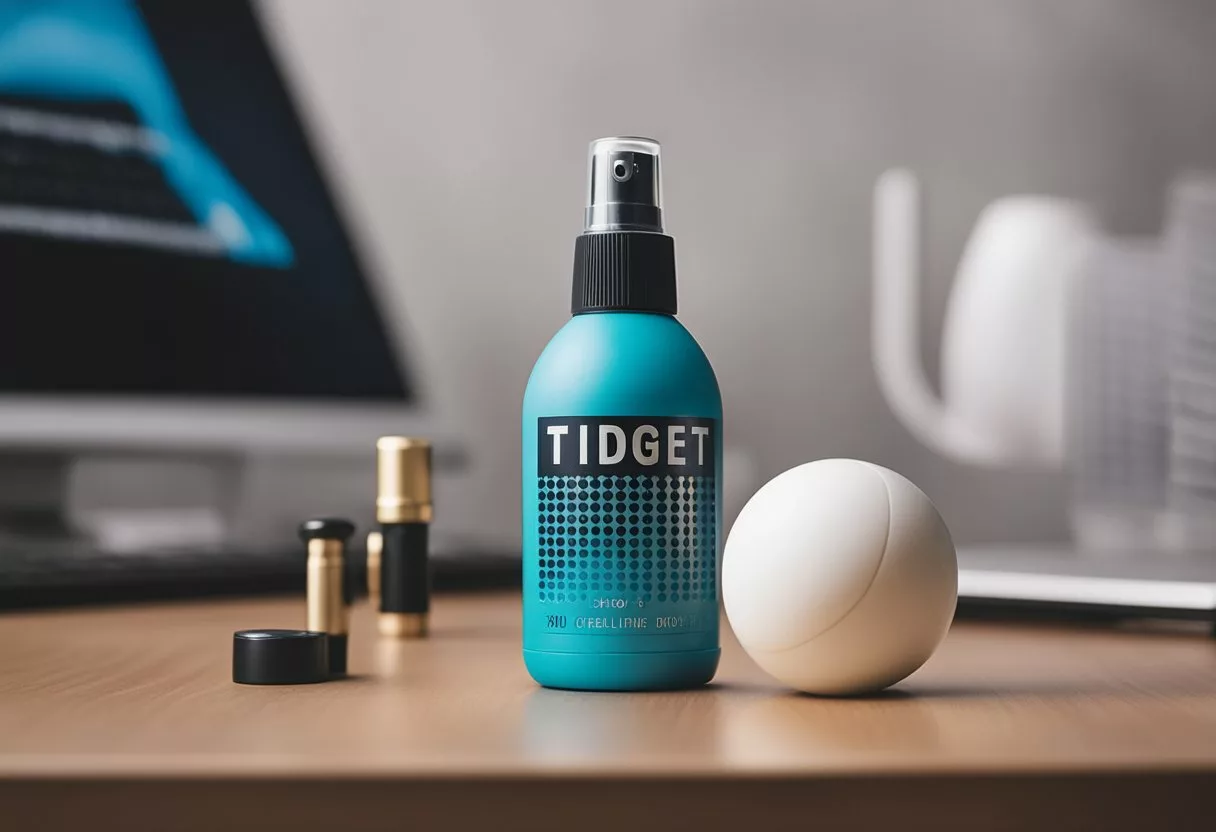
Understanding why you bite your nails is the first step. For some, it’s a way to cope with stress or boredom. Others might find it a subconscious reaction in certain situations. Recognizing your triggers can help you apply targeted techniques to keep your nails intact.
Simple steps like using bitter nail polish, keeping your nails trimmed, and using physical barriers like gloves can make a big difference. Behavioral changes such as occupying your hands with stress balls or clay and developing new habits can further support your journey to quitting nail biting permanently.
Key Takeaways
- Combining strategies and consistent effort is crucial to stop nail biting.
- Recognizing triggers helps in targeting specific interventions.
- Practical and behavioral changes support long-term success.
Understanding Nail Biting

Nail biting can be driven by both psychological and genetic factors. Identifying what triggers this habit and how it affects mental health is essential for effectively stopping it.
The Psychology Behind Biting Your Nails
Nail biting often starts as a coping mechanism for dealing with stress and anxiety. Individuals use it to manage feelings of nervousness or to relieve boredom. The act of biting nails can provide a temporary sense of relief or satisfaction.
This behavior is sometimes linked to underlying psychiatric disorders such as obsessive-compulsive disorder (OCD). People with OCD may bite their nails as part of their compulsive routines. Recognizing these deep-rooted psychological aspects is crucial for developing methods to break the habit.
Identifying Your Triggers
Pinpointing the specific triggers that lead to nail biting is a vital step in overcoming it. Common triggers include stressful situations, boredom, or habits formed during periods of anxiety. Once these triggers are identified, they can be managed or avoided.
Techniques such as keeping a journal to track when and why nail biting occurs can be effective. This helps individuals understand which situations or feelings lead to the behavior, making it easier to address and prevent them.
The Role of Genetics in Nail Biting
Genetics can also play a role in nail biting. If parents or close family members have this habit, children are more likely to develop it too. Studies suggest that there is a hereditary component involved in nail-biting behaviors.
Though not all individuals with a family history of nail biting will develop the habit, having this knowledge can help in understanding and addressing the causes. This understanding can inform strategies to prevent nail biting, particularly in family environments where the behavior is observed.
By addressing the psychological roots, identifying the triggers, and acknowledging the genetic factors, one can develop a comprehensive approach to stop nail biting.
The Effects of Nail Biting
Nail biting can lead to various negative effects on both physical health and appearance. It can cause significant damage to nails and hands, increase the risk of infections and illnesses, and lead to dental problems.
Physical Damage to Nails and Hands
Nail biting can damage the nails, causing them to become weak, brittle, and deformed. This habit can also lead to skin picking around the nails, resulting in cuts and sores. Over time, this can cause damaged nail beds, making it difficult for nails to grow back properly. Manicures might help cover up some of the damage, but they won’t repair the deep harm done by constant biting.
Nail biting can lead to deformed nails, which might grow irregularly or not at all. The stress placed on the nails and surrounding skin can cause chronic soreness and discomfort. Additionally, the repeated biting action can result in thickened or hardened skin around the nails, making hands look unhealthy.
Risk of Infections and Illness
When someone bites their nails, it is common for the skin around the nails to get torn or cut. These small openings can become entry points for germs and viruses, leading to skin infections or other illnesses. Fungal infections are also a concern, as they can thrive in the moist environment created by frequent contact with saliva.
Illnesses can spread more easily when fingers come into contact with the mouth, and bacteria can transfer from the nails to the digestive system. The immune system is forced to work harder to fight these infections, which can make a person more susceptible to other diseases. Maintaining cleanliness and avoiding nail biting can help reduce these risks.
Impacts on Dental Health
Biting your nails can seriously affect dental health. The constant pressure and friction can lead to dental problems such as chipped or misaligned teeth. Over time, the enamel on the teeth can wear down, increasing the risk of cavities and tooth sensitivity.
Jaw pain is another possible outcome, as biting can put extra stress on the muscles and joints used to move the jaw. This can result in headaches and long-term discomfort. In addition to these physical issues, the habit can also cause soft tissue injuries inside the mouth, making it prone to sores and infections.
Preventive Strategies
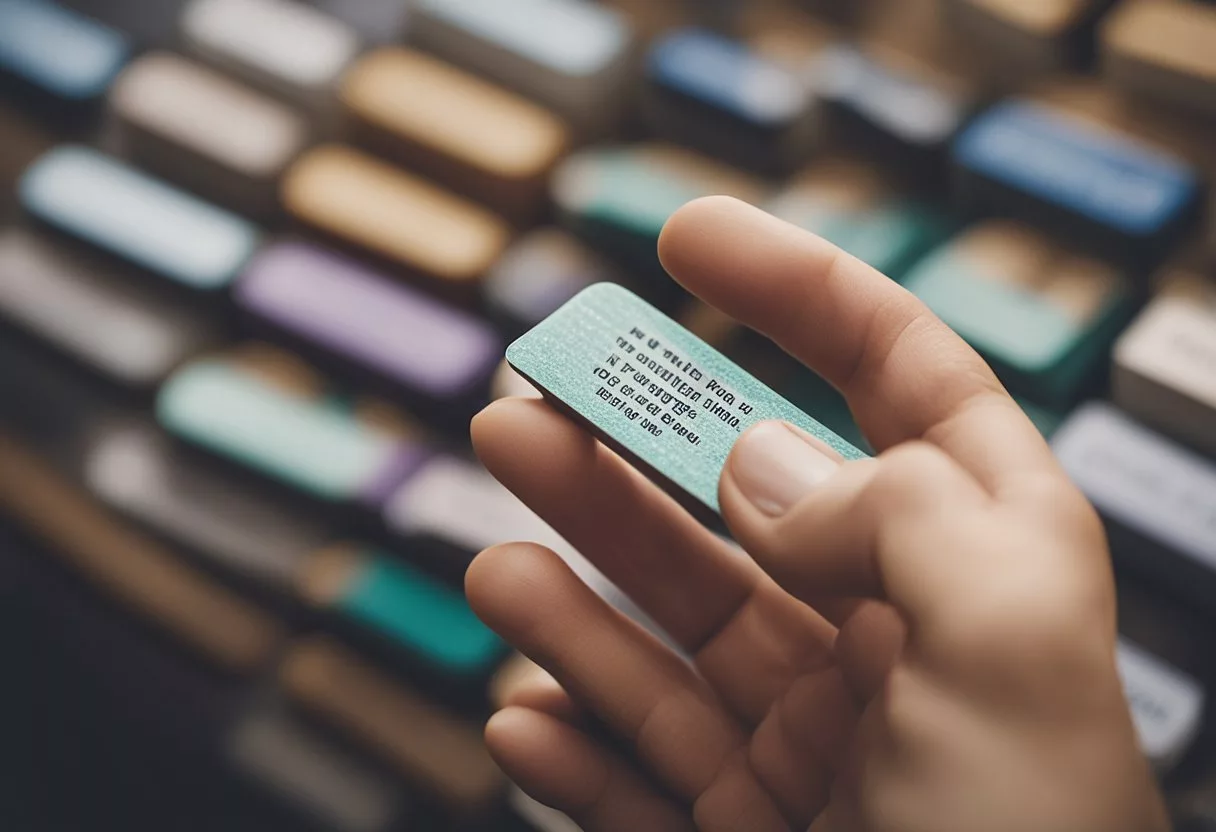
Stopping nail biting involves a combination of engaging in alternative activities, maintaining proper nail care, and creating physical barriers to prevent access to the nails.
Substituting Other Activities
To stop nail biting, it’s effective to replace the habit with other activities. Using a stress ball or playing with clay can keep the hands busy. For younger individuals, carrying a piece of Silly Putty or a coin to fiddle with can be helpful.
Knitting or crocheting are productive hobbies that use both hands, distracting from nail biting. Chewing gum or sucking on a mint keeps the mouth occupied, reducing the urge to bite nails. Even going for a run or engaging in other forms of exercise can help manage stress and reduce the impulse to bite.
Nail Care and Beautification
Regular manicure and nail care can help deter nail biting. Keeping nails trimmed short reduces the amount of nail available to bite. Applying nail polish, especially with a bitter taste, can make nail biting unpleasant.
Enhancing nail appearance through nail art or stickers serves as motivation to keep nails intact. Artificial nails or gels create a barrier, making it harder to bite through and giving time for natural nails to grow healthier. Moisturizing with ingredients like hyaluronic acid and glycerin keeps hands soft and less prone to damage from biting.
Creating Physical Barriers
Wearing gloves can prevent direct access to nails, especially in cold weather. For a more subtle option, using clear nail wraps or plasters on fingers can act as a reminder not to bite. Applying a bitter-tasting nail treatment is another effective barrier, as the unpleasant taste discourages the habit.
Setting up environmental barriers, like keeping tissues or napkins nearby to fiddle with, can deter nail biting during idle moments. Using a rubber band around the wrist to snap against the skin can serve as a gentle reminder when the urge to bite arises.
Behavioral and Psychological Interventions
Addressing nail biting often requires a combination of professional therapy and self-help techniques. This approach helps break the habit by focusing on behavior changes and underlying psychological factors.
Professional Therapy Options
Consulting a psychologist can be very beneficial. Cognitive Behavioral Therapy (CBT) is one of the most effective treatments. It helps individuals recognize and change negative thought patterns and behaviors.
Another method is Habit Reversal Training (HRT), which focuses on increasing awareness of the nail-biting habit and replacing it with a less harmful behavior. This often includes keeping a journal for tracking progress, and using sensory substitutes like a stress ball.
Behavioral therapies may also involve setting small goals and gradually reducing nail biting over time. For severe cases, medication may be prescribed. While antibiotics are not directly involved with nail biting, they may be necessary if an infection develops from bitten nails.
Self-Help Techniques and Coping
For those looking to tackle nail biting on their own, there are several effective strategies. First, keeping nails short can reduce the temptation to bite. Self-care routines, like regular manicures, can also discourage nail biting.
Covering fingers with tape or adhesive bandages is another technique, creating a physical barrier and constant reminder to avoid biting. Keeping hands busy with stress balls or fidget toys can help divert the urge.
Setting small, achievable goals and using positive reinforcement can build self-esteem and encourage progress. Relaxation techniques, like deep breathing and mindfulness, also help reduce stress, which is often a trigger for nail biting.
Maintaining Progress and Preventing Relapse
Understanding and implementing measures to maintain progress and prevent relapse is essential for those looking to stop biting their nails permanently. It involves setting achievable goals, tracking progress, and seeking help from others.
Setting Realistic Goals
Setting small, achievable goals is crucial for long-term success. Goals should be specific and measurable. For example, start with the aim of not biting nails for one day, then gradually increase the duration.
Having clear milestones can make the process less daunting. Celebrate small victories to keep motivated. Breaking the habit into manageable steps helps in maintaining progress without feeling overwhelmed.
Consistency is key. Regularly reviewing and adjusting goals ensures they remain challenging but achievable. This approach is especially important for kids and teens, as it keeps them engaged and encouraged.
Monitoring and Adjusting Your Approach
Regularly track your progress to understand what works and what doesn’t. Keeping a journal or using an app can help in identifying patterns and triggers. If certain situations, such as mental stress, lead to nail biting, develop strategies to manage these triggers.
Adjust your approach as needed. If a technique stops being effective, try another one. Altering your routine can prevent automatic behaviors. For instance, chewing gum or having a fidget toy can occupy your hands and mouth, reducing the temptation to bite nails.
Consistency in monitoring and adjusting is vital, especially for those with chronic nail biting habits.
Seeking Support from Peers and Loved Ones
Support from friends and family can be incredibly beneficial. They can provide encouragement and remind you to stick to your goals. Discuss your nail-biting habit openly to make them aware of your efforts.
Joining a support group or community can also be helpful. Sharing experiences and tips with others in similar situations can offer new insights and motivation. Professional help should also be considered if nail biting is linked to mental health disorders like ADHD.
Having a strong support network helps in staying accountable and focused on the end goal of permanently stopping nail biting.
Tips and Tricks for Quick Intervention
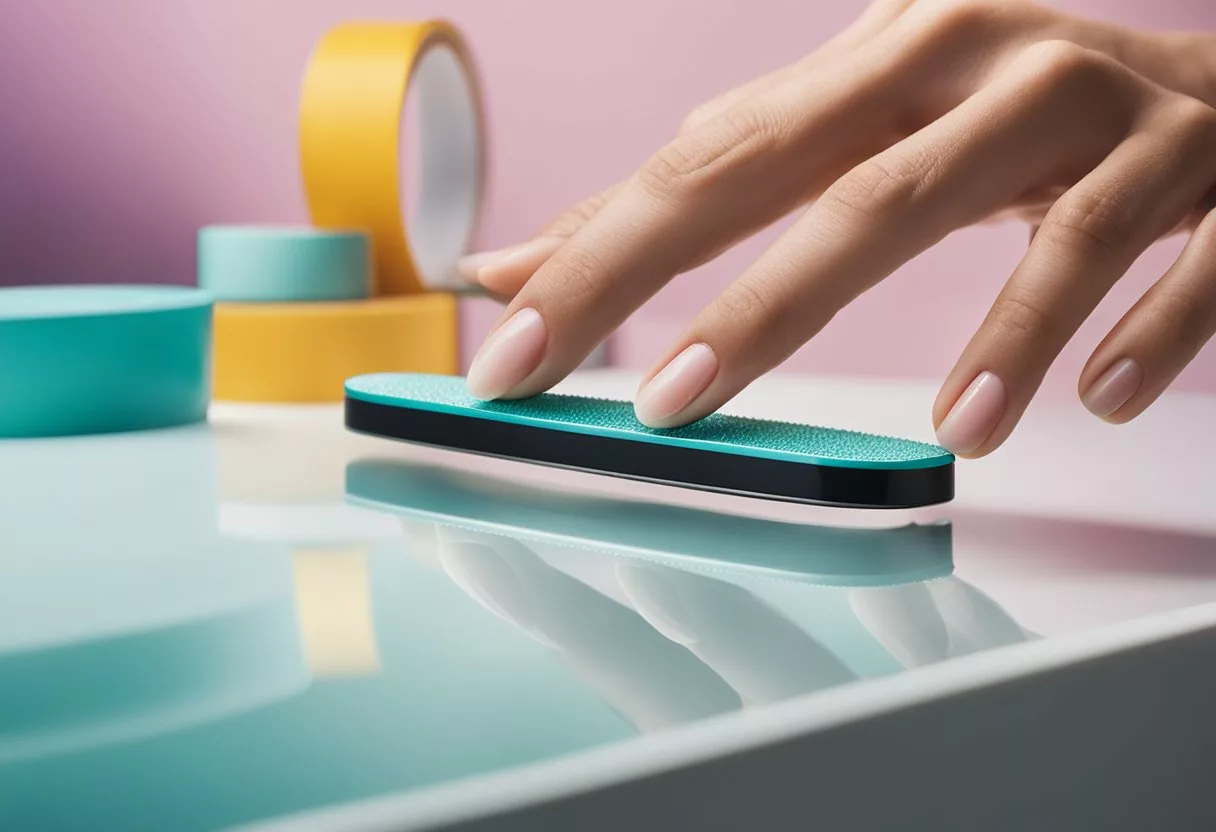
Biting nails can be a challenging habit to break, but there are several effective techniques to help stop this behavior. Here are some practical tips:
- Apply Bitter-Tasting Nail Polish
Using a bitter-tasting nail polish can deter nail biting. Each time the person goes to bite, the unpleasant taste acts as a reminder to stop. - Keep Nails Short
Regularly trimming nails can reduce the temptation to bite, as shorter nails are harder to grasp with teeth. - Use a Nail File
Keeping a nail file handy helps to smoothen edges and prevent hangnails, which can reduce the urge to bite. - Chew Gum or Eat Candies
When feeling nervous or bored, having gum or candies readily available can provide an alternative activity for the mouth. - Stay Hydrated
Carry a water bottle and take frequent sips. This keeps hands busy and provides a distraction from nail biting. - Identify Emotional Triggers
Recognizing negative emotions or stress that lead to nail biting can help in finding alternative self-soothing behaviors. - Engage in Stress-Relieving Activities
Practicing stress-relief techniques such as deep breathing, meditation, or even physical exercise can help manage the emotional causes of nail biting. - Cover Nails
Wearing gloves or using band-aids over nails can act as a physical barrier, preventing the habit from continuing. - Create a Design
Painting nails with intricate designs can make individuals less likely to ruin the artwork by biting. - Seek Professional Help
If nail biting is part of a broader body-focused repetitive behavior, consulting with a therapist or a doctor may be necessary to address underlying issues.
Implementing these tips can create a significant impact on reducing the urge to bite nails and help maintain healthier nail care habits.
Conclusion
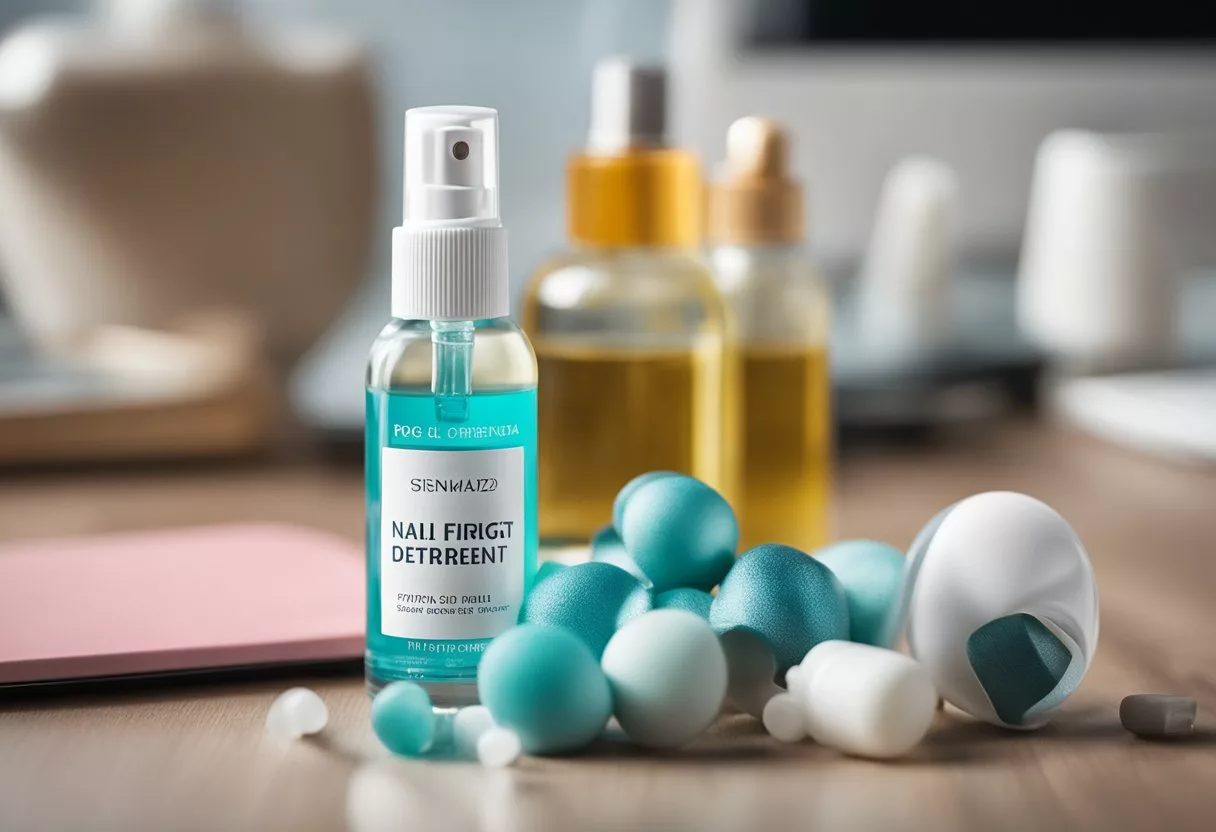
Breaking the habit of nail-biting is possible with the right strategies. Chronic nail biters often need consistent effort and patience.
Adults who want to stop biting their nails can begin by identifying triggers. Whether it’s stress, boredom, or an oral fixation, pinpointing the cause is crucial.
Using bitter-tasting nail polish can be highly effective. This deterrent makes nails taste unpleasant, discouraging the habit.
Keeping hands busy also helps. Activities like cleaning your house or using Silly Putty can provide a diversion during moments of temptation.
Having regular self-care routines contributes to success. Simple actions like keeping nails trimmed and applying hydrating lotions can reduce the urge.
Replacing the habit with another mouth activity, such as chewing gum or eating mints, can reduce the compulsion to bite nails.
Tips for Success
- Use Bitter Nail Polish: Apply to nails regularly.
- Stay Busy: Keep hands and mouth occupied.
- Self-Care: Maintain good nail hygiene.
- Identify Triggers: Know what causes the urge.
With persistence and these actionable tips, breaking free from nail-biting is achievable.
Frequently Asked Questions
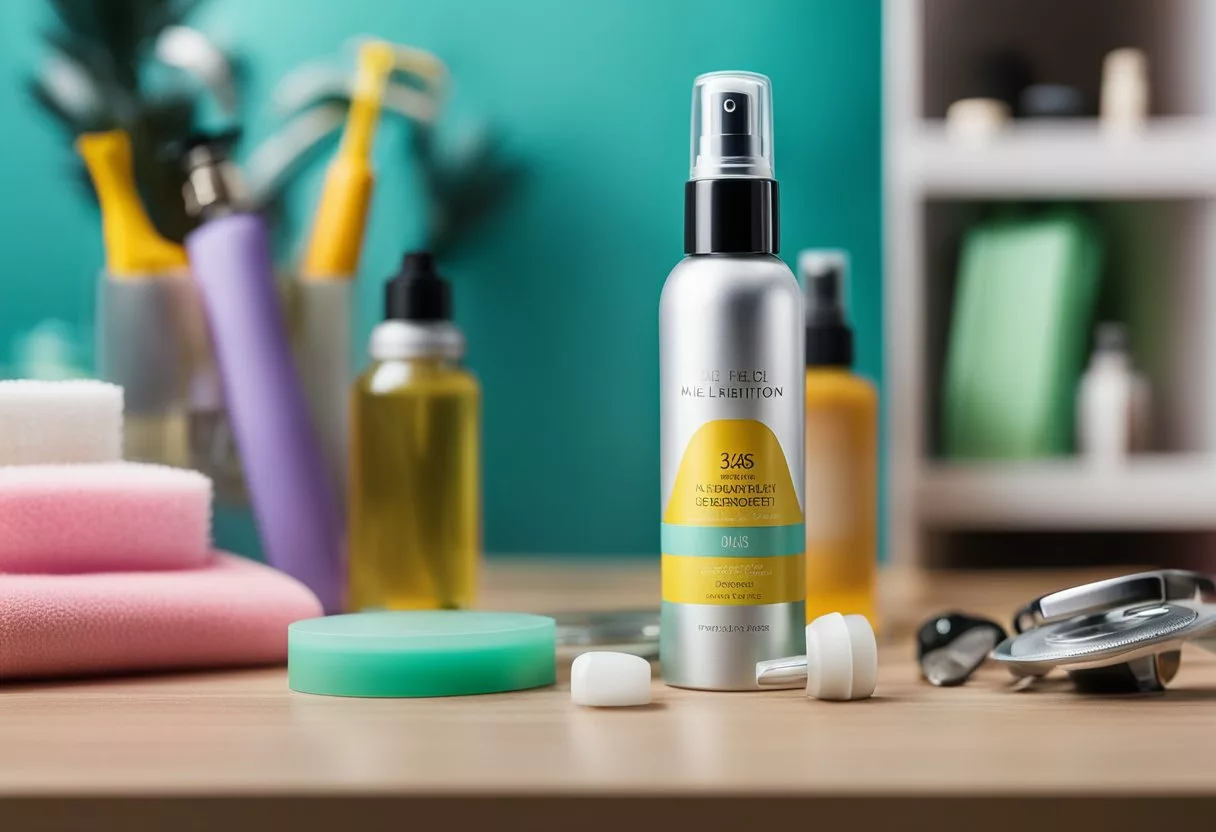
Nail-biting is a common habit that can have underlying psychological causes and potential health risks. Understanding the strategies to stop and the factors involved can be helpful.
What are effective strategies to overcome nail-biting in adults?
Effective strategies to overcome nail-biting include keeping nails trimmed short and applying bitter-tasting nail polish. This polish has a foul flavor that deters people from biting.
Wearing gloves or finger toppers can also create a physical barrier to prevent nail-biting. Regular manicures can help keep nails looking nice.
Can nail-biting develop into a disorder and how can it be treated?
Nail-biting can develop into onychophagia, a behavioral disorder. Treatment options include behavioral therapy and cognitive-behavioral therapy (CBT). These therapies help by addressing the underlying causes and providing techniques to manage the habit.
What psychological factors contribute to nail-biting, and how can they be addressed?
Stress, anxiety, and boredom are common psychological factors that contribute to nail-biting. Addressing these can involve practicing relaxation techniques, such as deep breathing or mindfulness meditation. Increasing physical activity and ensuring adequate sleep can also help reduce stress levels.
How long does it typically take to break the habit of biting nails?
Breaking the habit can vary from person to person. Some might see progress within a few weeks, while others may take several months. Consistency in using deterrents, like bitter nail polish, and employing alternative coping mechanisms are crucial for quicker results.
What home remedies can assist in stopping nail-biting permanently?
Applying bitter-tasting nail polish and keeping nails trimmed are effective home remedies. Other methods include using hand cream to keep fingers less appealing to bite and chewing sugar-free gum to keep the mouth busy.
Are there any serious health risks associated with chronic nail-biting?
Chronic nail-biting can lead to infections, damaged nail growth, and dental issues. It may also cause sores and bleeding around the nails. Severe cases might require medical attention to manage complications effectively.